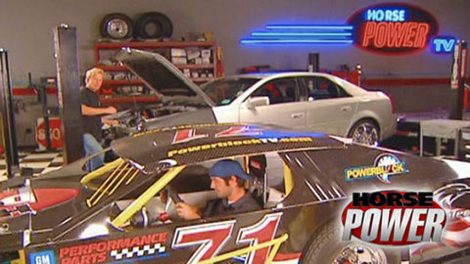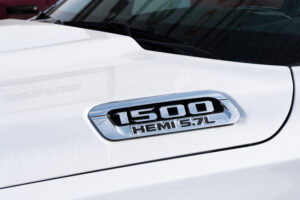HorsePower Builds
Want more content like this?
Join the PowerNation Email NewsletterParts Used In This Episode
ARP
All bolts for small block build.
Big Stuff 3
Electronic fuel injection controller.
Cometic Gasket, Inc.
Multi layered head gaskets.
Comp Cams
Double roller timing chain .
Crane Cams
Hydraulic roller lifters.
Crower Cams & Equipment Co., Inc.
Hydraulic roller camshaft.
Crower Cams & Equipment Co., Inc.
Pushrods and 1.6 roller rockers.
Denso
Denso Iridium tip spark plugs.
Eagle Specialty Products
Rotating assembly internally balanced forged crank H-beam rods, pistons.
Edelbrock
LS-1 Vic jr. high rise single plain intake manifold.
Kooks Custom Headers
Stainless steel stepped headers 1-3/4 to 1-7/8.
Magna Charger
Front inlet 5th generation supercharger system for Cadillac CTS-V.
Matco Tools
Oil pressure check tool.
Momar Injection
Fuel injection system 8-stack .
Moroso
Extra deep sump 7-quart oil pan.
MSD Ignition
Pro billet distributors and 8.5mm wires.
Pioneer
AVIC-Z1 in-dash navigation and multimedia AV reciever with DVD.
Roush Performance
Aluminum 185 cylinder heads 2.05 intake 1.60 exh. 61cc chamber.
Roush Performance
Polished valve covers.
Summit Racing
Ford SVO block with four bolt mains.
Super Chips
Handheld programmer specifically for the magnacharger system.
Weiand
Small block Ford aluminum water pump.






























